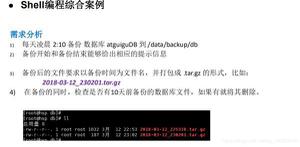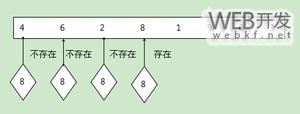regex match()和regex search()函数在Python中的意义
使用正则表达式可以执行两种类型的操作:(a)搜索和(b)匹配。为了在查找模式并与模式匹配时有效地使用正则表达式,我们可以使用这两个函数。
让我们认为我们有一个字符串。regexmatch()仅在字符串的开头检查模式,而regex则search()在字符串的任何位置检查模式。如果找到了模式,则该match()函数返回match对象,否则返回。
match() –仅在字符串的开头查找模式,然后返回匹配的对象。
search() –检查字符串中任何位置的模式,并返回匹配的对象。
在此示例中,我们有一个字符串,我们需要在该字符串中找到单词“ engineer”。
示例
import repattern = "Engineers"
string = "Scientists dream about doing great things. Engineers Do them"
result = re.match(pattern, string)
if result:
print("Found")
else:
print("Not Found")
运行此代码会将输出打印为
输出结果
Not Found
现在,让我们使用以上示例进行搜索,
示例
import repattern = "Engineers"
string = "Scientists dream about doing great things. Engineers Do them"
result = re.search(pattern, string)
if result:
print("Found")
else:
print("Not Found")
运行上面的代码会将输出打印为:
输出结果
Found
以上是 regex match()和regex search()函数在Python中的意义 的全部内容, 来源链接: utcz.com/z/337181.html








